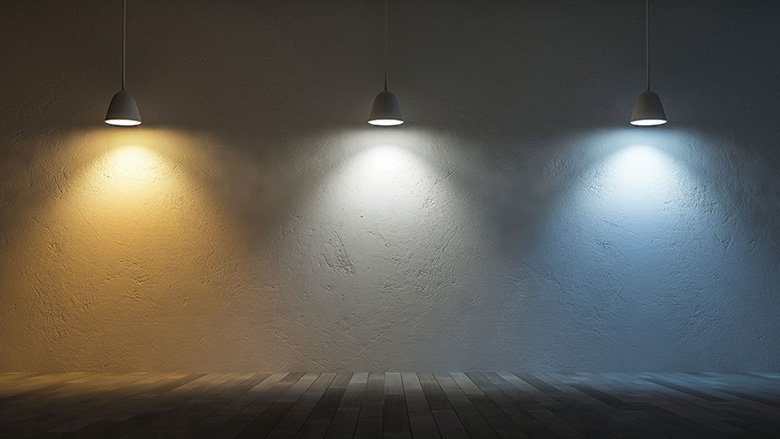Lighting Knowledge
How Does Lighting Affect People’s Physiology and Psychology
Why do some rooms feel warm and inviting, while others feel cold and oppressive?
Lighting psychology may have something to do with it.
It’s easy to overlook the importance of lighting in designing a room. Yet choosing the right kind of light can make all the difference in how lighting affects mood and perception.
Lighting psychology helps us understand how people respond cognitively and emotionally to light. Once you know how different lighting choices impact people, you can adjust it to reflect the purpose of the room.
While many psychological factors can influence how we perceive light, the position of a light as well as its brightness, hue and saturation are important ones to consider.
Impact of Positioning

First, where you choose to put lights in a room can impact a person’s impression or experience of that space.
“Lighting positioned above eye level can create a feeling of restraint, creating a more formal atmosphere,”
The location of lights in a room also makes a difference. Lights on the perimeter of a room can make it feel more spacious. Central, intense light can evoke a strained atmosphere.
Accent lighting techniques are evidence of the importance of positioning, too. Lighting techniques like wall grazing and wall washing call the viewer’s attention to different elements based on how close the light is to the wall.
Impact of Brightness

Next, how bright or dim a light is can change our perception of a space.
Brightness is responsible for the most basic function of light: seeing things. The degree to which a light achieves this function has a psychological impact.
A bright light “helps to make sense of an environment … making it a more pleasant space,” according to Robert Davis, who has a doctorate in cognitive psychology. If a room doesn’t have sufficient light for us to understand what’s going on, we are less likely to enjoy the room.
A light’s relative brightness compared to surrounding light can also impact us psychologically, according to an Electrical Contractor magazine article. In a grocery store, for example, relative brightness can draw attention to snacks on shelves in the checkout lane.
Brightness also has an enormous impact on eating patterns. Dim light makes you crave unhealthy foods because you don’t feel as alert.
One study found that people eating in dimly lit restaurants ordered 39% more calories than people sitting in brighter restaurants. Those in well-lit areas were also more likely to order healthy foods.
Impact of Hue and Saturation

Finally, a light’s hue, or color, and the intensity of that color play a role in how lighting affects mood.
Blue light, for example, may help with productivity during the day. According to an article on office lighting from the UNC Kenan-Flagler Business School,
Cool, blueish light or daylight improves alertness and productivity, so it’s a good choice for brainstorming rooms.
White light is welcoming and works well conference rooms.
Warm, red to yellowish light creates a relaxed atmosphere, so it’s best in break rooms.
Recently, researchers have studied the impact of blue light because electronic devices typically emit this hue.
“Blue wavelengths — which are beneficial during daylight hours because they boost attention, reaction times, and mood — seem to be the most disruptive at night,” a Harvard Health letter explains.
So, if you’re choosing lighting for a daytime workspace, gravitate towards blue light or daylight. If you’re designing a more private setting used at night, go for dim lights with a red hue.
One 2017 research study, though, concluded that the interactions between hue, saturation and brightness can affect heart rate and emotions.
The study found that red, saturated and bright colors had the greatest emotional effect. Blue also influenced emotions, but only when highly saturated.
What Else Influences Lighting Psychology?
Lighting psychology is complicated because perception varies from person to person.
In general, research seems to indicate that the impact of light and color often depend more on individual response than hard-wired, biological tendencies.
Yet individual responses to light are shaped by personal experiences, cultural patterns and situational trends.
Citing research by Kaplan and Kaplan, Robert Davis explains that we make sense of a room’s lighting based on our past experiences.
If the lighting of a room is familiar, we subconsciously make a “mental match” to remind us what this style of lighting means.
These mental matches serve as shortcuts to help us quickly understand an environment. And the faster we’re able to make sense of a room’s lighting, the more likely we are to feel positively about it.
We can’t account for every impact of lighting with neurological processes. But we can still observe patterns in how people respond to light, and we can trust that these associations hold true for enough people to make intentional lighting choices worthwhile.

